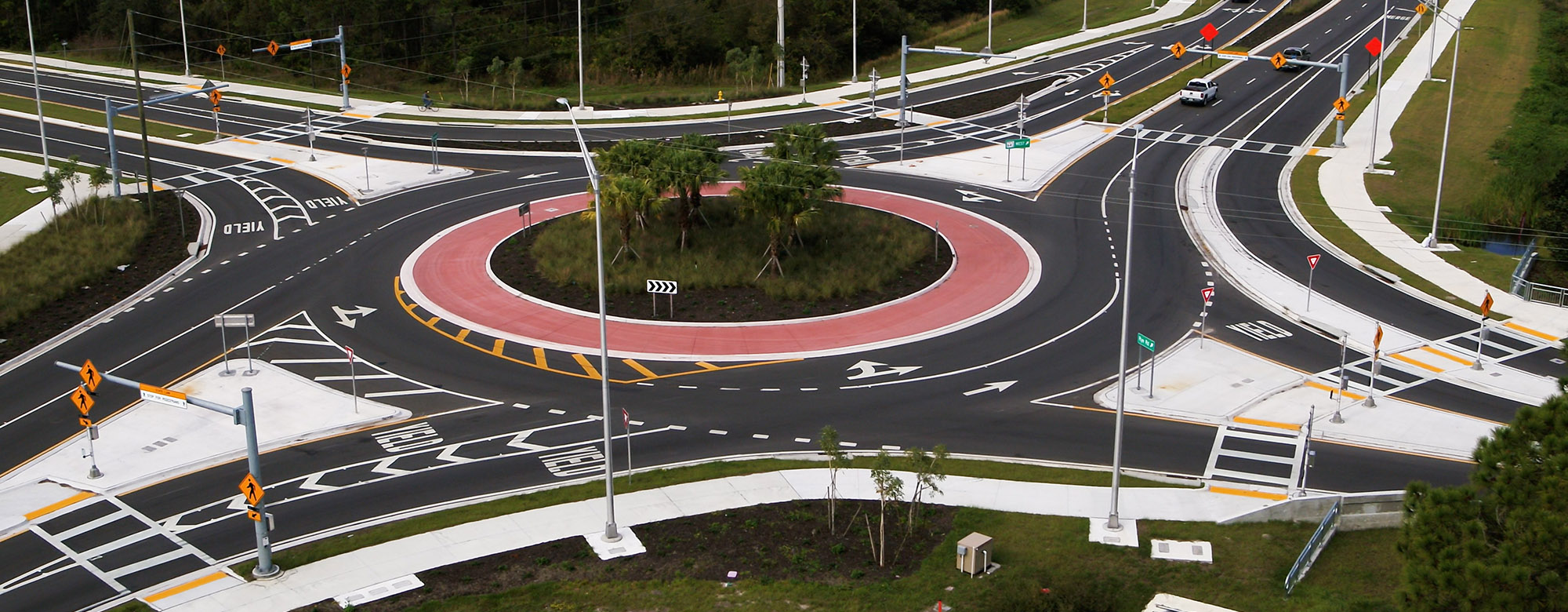Mobility Week is an annual campaign which promotes smart, efficient, and safe multimodal transportation choices…
October is Pedestrian Safety Month

At some point in the day, everyone is a pedestrian. Unfortunately, pedestrian injuries and fatalities remain high. In 2022, 7,522 pedestrians were killed and more than 67,000 pedestrians were injured nationwide. Below are some tips for pedestrians and drivers:
8 Walking Safety Tips
- Follow the rules of the road and obey signs and signals.
- Walk on sidewalks whenever they are available.
- If there is no sidewalk, walk facing traffic and as far from traffic as possible.
- Cross streets at crosswalks or intersections. Look for cars in all directions, including those turning left or right.
- If a crosswalk or intersection is not available, locate a well-lit area where you have the best view of traffic. Wait for a gap in traffic that allows enough time to cross safely; continue watching for traffic as you cross.
- Watch for cars entering or exiting driveways or backing up in parking lots.
- Avoid alcohol and drugs when walking; they impair your abilities and your judgment.
- Embrace walking as a healthy form of transportation – get up, get out and get moving.
8 Safety Tips for Drivers
- Look out for pedestrians everywhere, at all times.
- Use extra caution when driving in hard-to-see conditions, such as nighttime or bad weather.
- Slow down and be prepared to stop when turning or otherwise entering a crosswalk.
- Yield to pedestrians in crosswalks and stop well back from the crosswalk to give other vehicles an opportunity to see the crossing pedestrians so they can stop too.
- Never pass vehicles stopped at a crosswalk. There may be people crossing where you can’t see.
- Never drive under the influence of alcohol and/or drugs.
- Follow the speed limit, especially around people on the street, in school zones and in neighborhoods where children are present.
- Be extra cautious when backing up and look for pedestrians.
Download Tips Cards:
:




 Copyright 2024 Florida Department of Transportation - All Rights Reserved
Copyright 2024 Florida Department of Transportation - All Rights Reserved